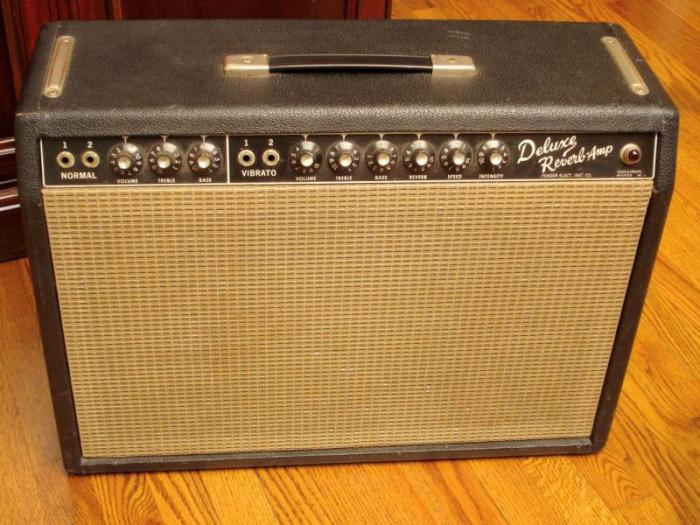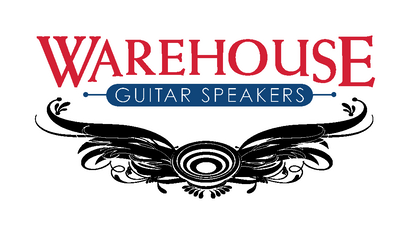Your Cart is Empty
NOW FREE SHIPPING TO 48 CONTIGUOUS UNITED STATES ON ALL ORDERS!!!
The Sensitivity-Volume Connection
by vaughn skow August 02, 2010 3 min read
Okay, so we began a discussion on volume last week, and then I went off on a tangent on transducers. Sorry, sometimes I just can’t help myself. I’m gonna bring it all together in a seriously meaningful way this week, I promise ...
If you haven’t already, go back and look over last weeks volume chart. Basically, the quietest things we can hear, if our ears are pristine and undamaged (and we are in a totally quiet environment), are just a few decibels loud. Most of what goes on in our daily lives is in the 60-90dB range (quietest to loudest), and hearing damage begins at around 110-120 decibels (dB). Did you all notice on the chart that loud concerts were in the above-120dB range? Yep, that means if ya want those ears of yours to be good for anything more than holding up your trifocals when you’re old, you’d better be packing some earplugs when you go to your next loud concert! Once hearing is lost, it ain’t never coming back baby. What does this mean when selecting a speaker? Read on young grasshopper.
You have undoubtedly seen the speaker specification of ‘sensitivity’. What this spec basically tells you is how loud a speaker is. Maybe the spec should be changed to ‘loudness’ or something like that! It’s not a perfect predictor of how loud a speaker will be in a given amp, but it’s darn close. Anyway, what that spec tells you is how loud a speaker will be (in dB of acoustic sound pressure) if it is fed a test tone with exactly one watt (RMS) of power. The measurement is taken exactly one meter (a little over three feet) out front of the speaker. So, a speaker with a sensitivity of 100dB will be ten decibels louder than one with a sensitivity of 90dB. How big a deal is a measly 10dB you ask? It’s huge. Check out: http://www.integratedaudio.com/help/sensitivity.pdf.
It just so happens that 10dB is exactly how much louder something needs to be for the average human to interpret the sound as being ‘twice as loud’. So, the 100dB speaker appears to actually be TWICE as loud as the 90dB speaker. Just a few dB is perceived as a notable volume increase to the average Joe! Let’s try to put this in real world terms. I’m a huge fan of Leo Fender, and I’m totally nuts about Fender amps, but one area where Fender really cheesed out from time to time, from day one right up to the present, is in the speakers they installed. Leo was famous for striking a deal on a bunch of speakers and then proceeding to shoe-horn those speakers into all manner of amps. Later, as CBS took over, the bean counters really screwed the pooch by dictating some seriously deficient speakers be installed in otherwise good amp designs. One somewhat famous example is the Deluxe Reverb amp. It’s a cool little amp to be sure, but the cheap Oxford and Utah speakers of the CBS era were not terribly efficient, and they really fell apart when driven hard; many failed and were replaced by Radio-Shack speakers in the 70’s and 80’s because that was all that people could find (yuck, yuck, yuck). If you have a Deluxe Reverb with a tired old Oxford, or a cheapo replacement speaker, odds are you are not very fond of that amp, but it’s not the amps fault! It’s the speaker, man!

My Personal 1965 Deluxe Reverb Amp
Put in a good speaker with a respectable efficiency rating, and you’ll wind up with an entirely different amp on your hands. You can expect a sizeable increase in overall volume, as well as a tighter bottom that doesn’t fall apart at higher volumes. And, with a really fine quality speaker, you will also notice a smoother and more articulate top-end. All in all, a seriously big pay off, don’t you agree?
Back to the sensitivity rating. What I want to leave you with today is this thought: If you are shopping for a speaker, and your main objective is that you want your amp to get a good healthy volume bump after the transplant, then the sensitivity spec is probably the most important spec for you to look at. Or at least among the most important. Remember, a few dB can make a very noticeable difference here. If it’s not volume you’re after, but a different tone, then there will be some other specs that you’ll want to be seriously pondering. I’ll tackle that over the next week or two. Ya’all come back, hear?
Ps. If you really want a good primer on speaker specs, check it out on wiki: http://en.wikipedia.org/wiki/Loudspeaker.
Leave a comment
Comments will be approved before showing up.
